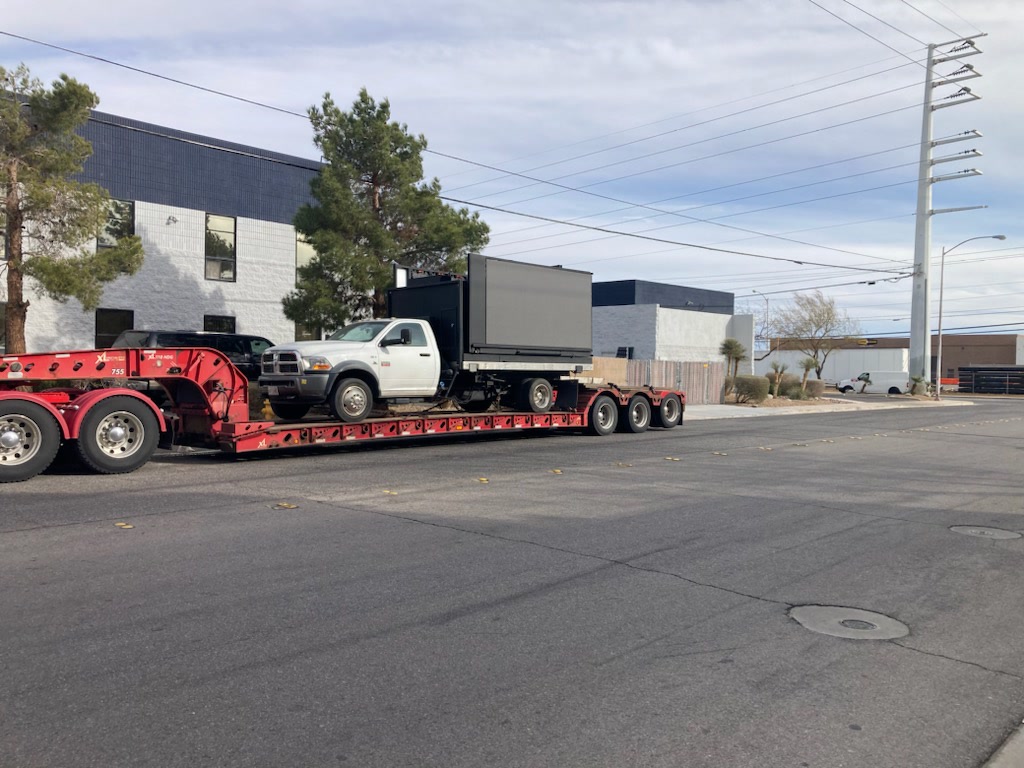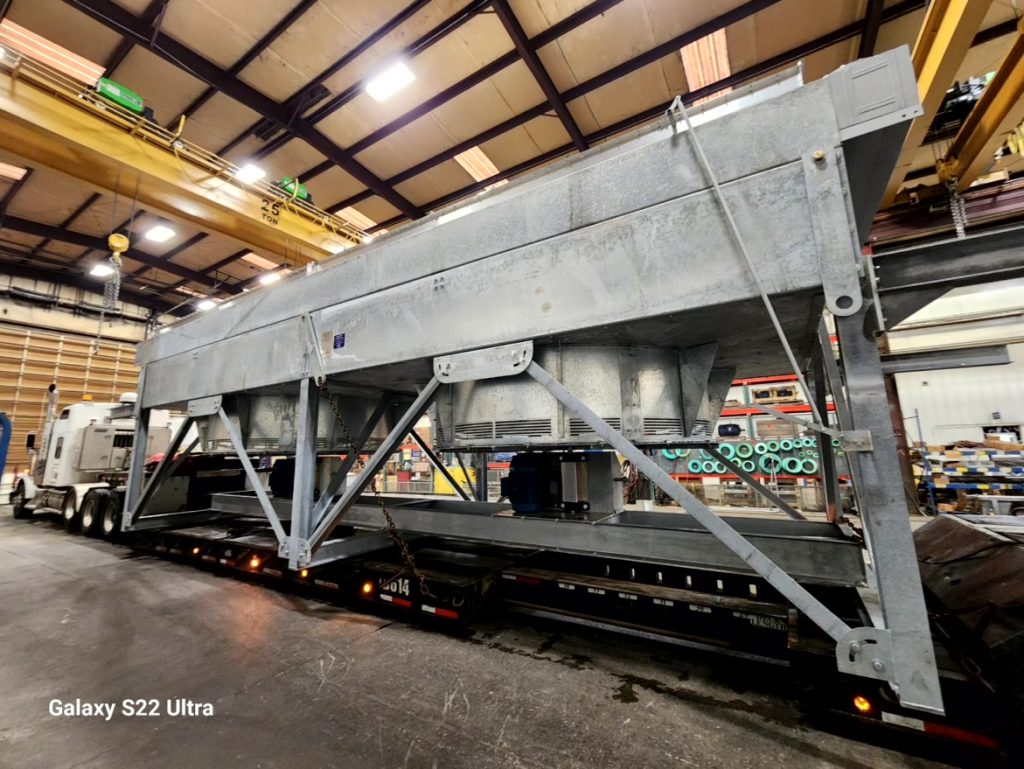Hawaii Truck Weight Limits
Freedom Heavy Haul can offer expedited Pickup and Delivery for any size shipment anywhere in the USA. Contact us today for No Hassle, No Pressure Pricing.
In Hawaii, the regulation of truck weights plays a critical role in maintaining road safety and infrastructure integrity. These regulations, encompassing various aspects of vehicle weight, are designed to balance the demands of transportation with the need to preserve roadways and ensure safety for all road users. This article delves into ensuring safe and compliant heavy haul transport in Hawaii, offering a comprehensive understanding of these regulations.
Overview of Hawaii Truck Weight Limits and Regulations
Hawaii’s unique geographic and infrastructural context makes the regulation of truck weights particularly important. The state’s focus on preserving its roadways, which often traverse diverse and challenging terrain, requires a well-structured regulatory framework. By understanding Hawaii’s weight regulations, operators can help protect these roads and keep transport efficient.
Significance of Truck Weight Limits
Truck weight limits are crucial in preventing roadway damage and ensuring safety. Heavy vehicles can cause significant wear and tear on roads, leading to costly repairs and potential hazards. With safe and compliant heavy haul transport, Hawaii aims to mitigate these risks and maintain infrastructure.
Hawaii’s Regulatory Framework
The state’s framework for truck weight regulation is comprehensive, addressing various aspects from axle weights to total vehicle weight.

These regulations are tailored to accommodate the state’s specific needs, taking into account the diverse types of vehicles and cargo that travel its roads.
Detailed Analysis of Axle Weight Limits
Axle weight limits are a cornerstone of Hawaii’s truck weight regulations, ensuring weight is distributed to minimize road damage and enhance safety. Heavy haul transport in Hawaii involves following these axle restrictions to support infrastructure preservation.
Definition and Importance of Axle Weight Limits
Axle weight limits refer to the maximum weight that can be legally carried by a single axle or a set of axles. These limits are essential for preventing excessive stress on road surfaces and bridges, thereby prolonging their lifespan and ensuring safety.
Hawaii’s Specific Axle Weight Limitations
In Hawaii, the maximum weight allowed on a single axle is 22,500 pounds, while tandem axles have a limit of 34,000 pounds. These limits are carefully calculated to balance the needs of transportation with the structural capabilities of the state’s roadways.
Comprehensive Guide to Gross Vehicle Weight (GVW)
Gross Vehicle Weight (GVW) includes the total weight of the truck, cargo, fuel, and any additional equipment. For heavy haul services in Hawaii, it is critical to adhere to GVW limits to protect roads and ensure safety across highways.

Understanding Gross Vehicle Weight
GVW is a comprehensive measure that reflects the total weight impact a truck has on the road. It’s an essential factor in road wear and safety considerations.
GVW Limits on Different Types of Highways in Hawaii
The GVW limit on interstate highways in Hawaii is 80,000 pounds, while on other highways, it is 88,000 pounds. This differentiation acknowledges the varying capacities of different types of roadways in the state.
Calculating Weight Limits for Various Axle Groups
The calculation of weight limits for different axle groups is a nuanced aspect of Hawaii’s truck weight regulations, involving specific formulas to determine permissible weights.
Formulas for Weight Calculation
These formulas take into account the distance between axles and the number of axles in a group. For instance, the weight limit for a group of axles less than 42 inches apart is 24,000 pounds, and for axles 42 inches to 6 feet apart, it’s 34,000 pounds.
Application on Interstate vs. Non-Interstate Highways
The formulas vary slightly for interstate and non-interstate highways, reflecting the different traffic and infrastructure conditions on these routes.
Special Considerations in Weight Regulation
Beyond standard limits, Hawaii’s regulations include additional considerations for specific scenarios, ensuring flexibility and practicality in truck weight management.

Gross Weight Rules for Single and Multiple Axles
These rules are designed to ensure that the weight distribution across a truck’s axles does not exceed safe limits, regardless of the vehicle’s total weight.
Wheel Weight Restrictions and Their Basis
Weight limits are also set for individual wheels, both single and dual mounted, to further distribute weight evenly and prevent localized road damage.
Regulatory Compliance and Enforcement
Compliance with weight limits is enforced through weigh stations and mobile units, underscoring the state’s commitment to safe, compliant transport. Heavy haul services operating within these regulations help sustain Hawaii’s road quality and public safety.
The Role of Compliance in Weight Regulations
Compliance is not just a legal requirement but a critical element in preserving Hawaii’s road infrastructure and ensuring safety for all road users.
Enforcement Strategies and Penalties for Non-Compliance
Non-compliance can result in fines and, in severe cases, legal action. These penalties underscore the importance of adhering to the set limits.
Impact of Weight Limits on Road Infrastructure and Safety
By regulating truck weights, Hawaii protects its roads and bridges from premature wear and reduces the risk of accidents related to overloaded vehicles.
Truck Weights and Road Durability
Adhering to weight limits contributes to road durability, lessening the need for frequent repairs. Heavy haul operations in Hawaii benefit from longer-lasting infrastructure, supporting both the transport industry and the state’s economy.
Weight Limits as a Safety Measure
Weight limits are crucial for safety, allowing trucks to be safely controlled, particularly in Hawaii’s challenging driving conditions. Compliant heavy haul transport ensures safe travel on Hawaii’s roads for all users.
Conclusion
Hawaii’s truck weight limits are a vital component of its transportation regulations, balancing the needs of commercial transport with the preservation of infrastructure and public safety. Understanding and adhering to these limits is essential for all truck operators, supporting safe and compliant heavy haul transport in Hawaii.







